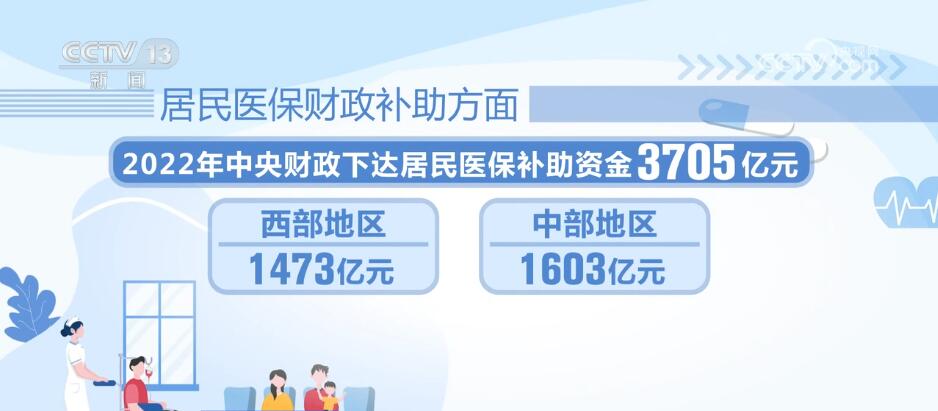Constructing a multi-level medical security system and handing over the "people’s livelihood answer sheet" of medical insurance with temperature
CCTV News:Yesterday (January 2), the National Medical Insurance Bureau answered the relevant contents of the NPC deputies on medical insurance online, involving residents’ medical insurance, financial subsidies for participating in insurance, commercial insurance and other matters of concern to the masses. The National Medical Insurance Bureau said that the multi-level medical security system reduces the burden of medical treatment for the people. In the past ten years, the serious illness insurance business for urban and rural residents has paid more than 70 million people.
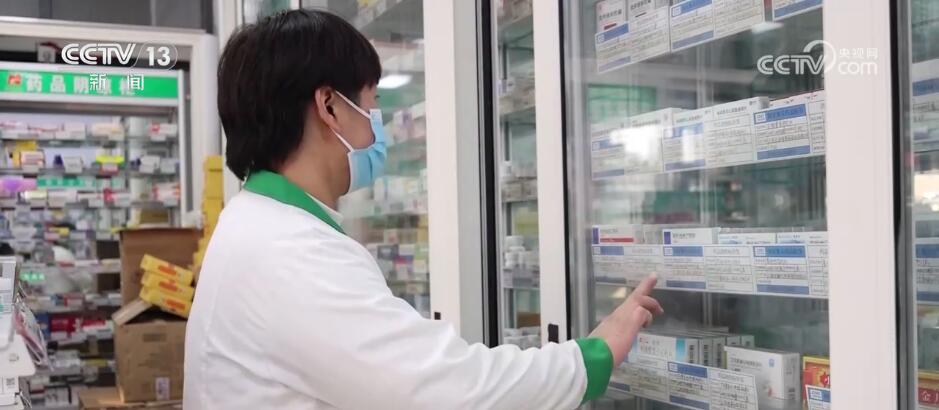
According to the National Medical Insurance Bureau, commercial insurance is an important part of the social security system, focusing on meeting multi-level, diversified and personalized health security needs. At present, more than 170 insurance companies carry out commercial health insurance business, and more than 5,000 products are sold, covering disease prevention, medical services, maternity protection, health management and other fields. It has developed from simple expense reimbursement and economic compensation to comprehensive health protection management before, during and after illness, and new product types are constantly emerging. In 2022, the premium income of commercial health insurance was 865.3 billion yuan, and the compensation expenditure was 360 billion yuan. At the same time, it accumulated more than 1.6 trillion yuan of long-term health insurance liability reserve, which reduced the worries of the insured people.
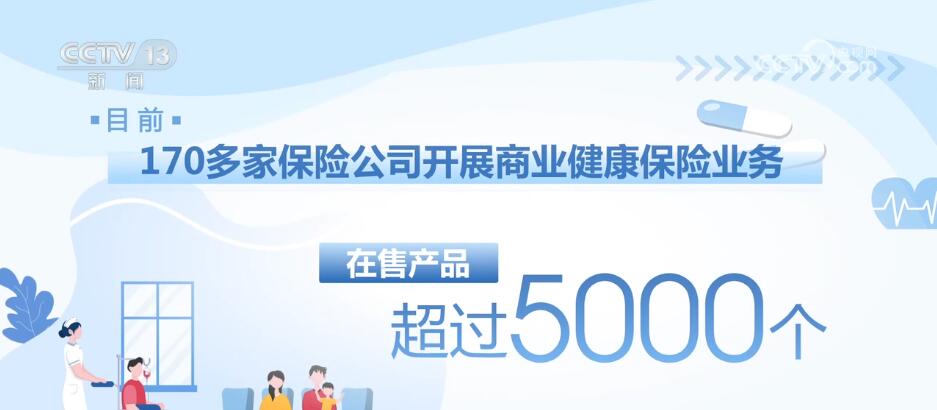
In addition, according to the relevant deployment of the State Council, 21 insurance companies have undertaken serious illness insurance business for urban and rural residents nationwide, and have paid more than 70 million people in the past ten years. In supporting the pilot project of long-term care insurance system, by the end of 2022, a total of 31 insurance companies had participated in the pilot project of long-term care insurance system.
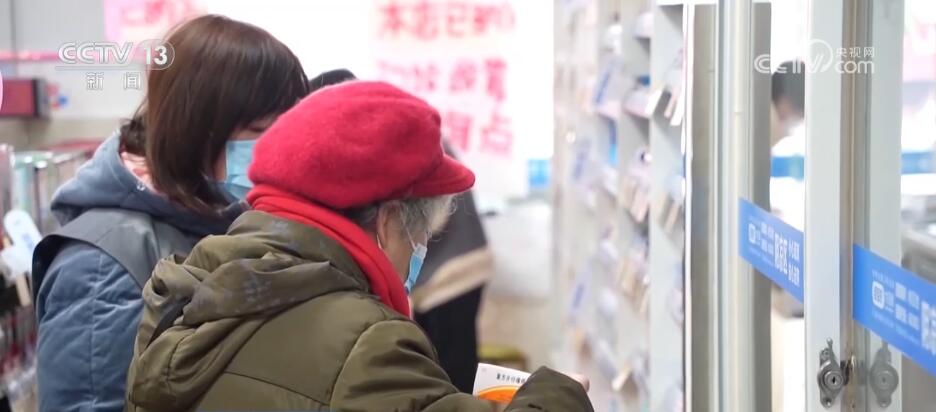
Continue to increase medical insurance subsidy funds and tilt to the central and western regions.
In order to consolidate and expand the coverage of residents’ medical insurance, the state has arranged special policies to support all residents’ medical insurance participants on the basis of inclusive financial subsidies and according to local financial resources and the affordability of different individuals.
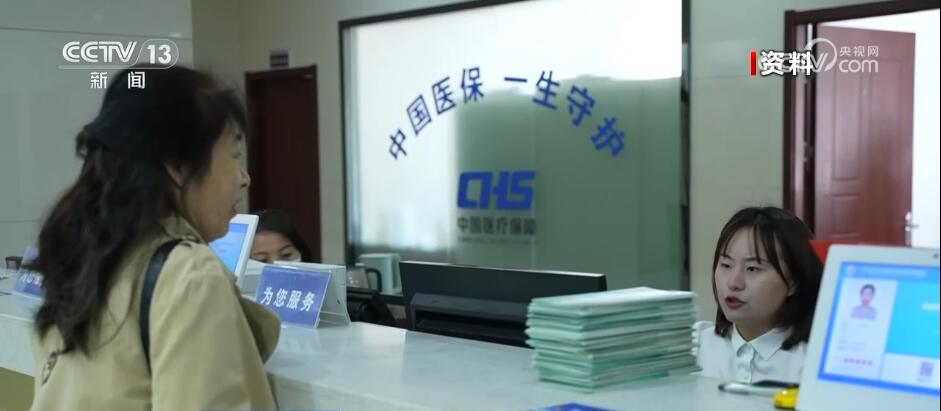
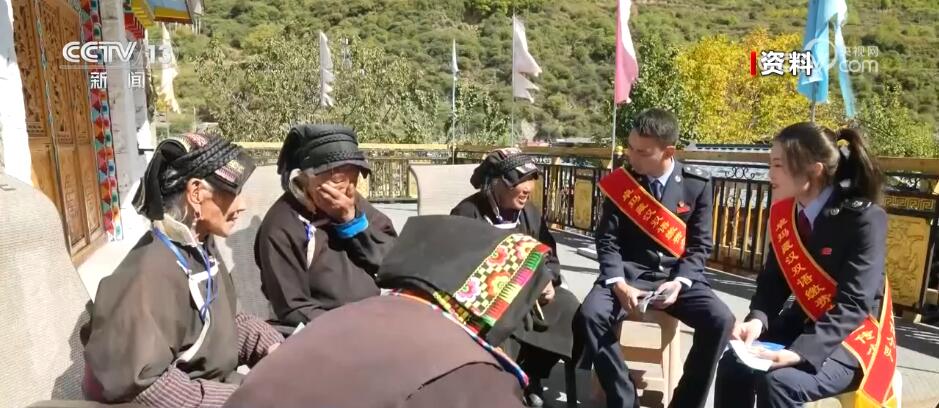
According to the National Medical Insurance Bureau, in view of the objective reality of different local financial resources, the state arranges subsidy funds for the eastern, central and western regions according to a certain proportion of the financial subsidy standards through the central financial transfer payment, and gives inclined support to the central and western regions. In view of the actual situation of the needy people, the state has established and improved the medical assistance system, and subsidized the needy people who meet the requirements according to the degree of difficulty. Among them, it fully subsidized the destitute people, the low-income recipients and the poverty-stricken people who returned to poverty. During the transition period, it gave a fixed amount of assistance to the unstable people who were out of poverty under monitoring for a certain period of time, thus alleviating the pressure of individual payment and ensuring that all insurance should be guaranteed. In 2022, medical assistance funds funded 81.86 million people to participate in basic medical insurance.
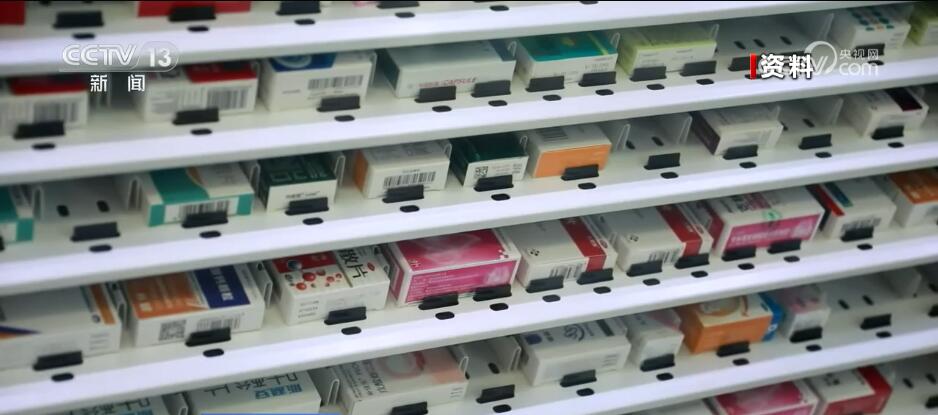
In recent years, the state has continuously increased the investment in medical insurance subsidies and given preferential support to the central and western regions. In terms of financial subsidies for residents’ medical insurance, the central government provides local subsidies in different grades according to regulations, among which the western region is subsidized according to 80% of the per capita financial subsidy standard, which is the highest proportion, while the central region is subsidized by 60%, and the eastern region is subsidized by 10% to 50%. In 2022, the central government issued 370.5 billion yuan of subsidies for residents’ medical insurance, including 147.3 billion yuan in the western region and 160.3 billion yuan in the central region, accounting for 83% of the total subsidies. In terms of the allocation and use of medical assistance subsidy funds, we will increase the tilt support for the provinces where the national key rural revitalization counties are located and Tibet and Xinjiang. In 2022, the central government subsidized urban and rural medical assistance funds of 31.1 billion yuan, of which more than 80% flowed to the central and western regions.
